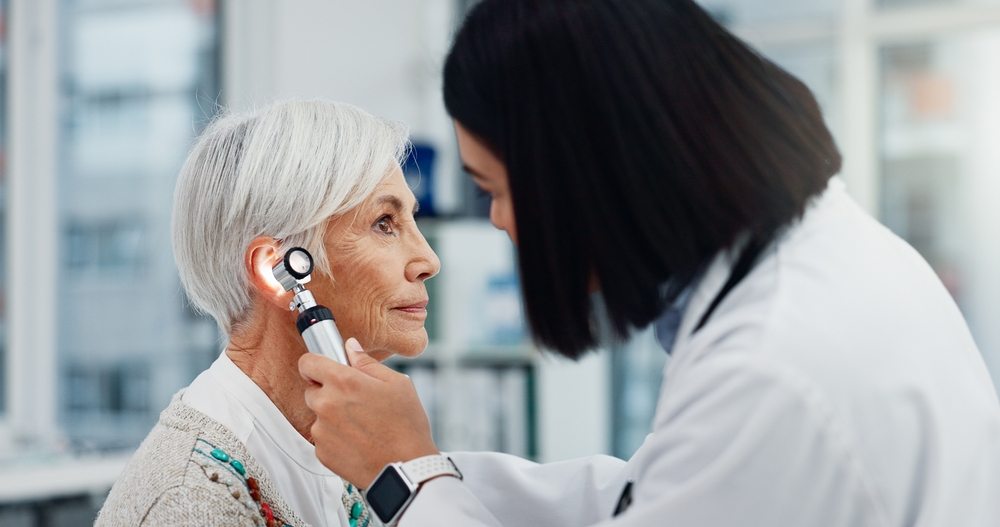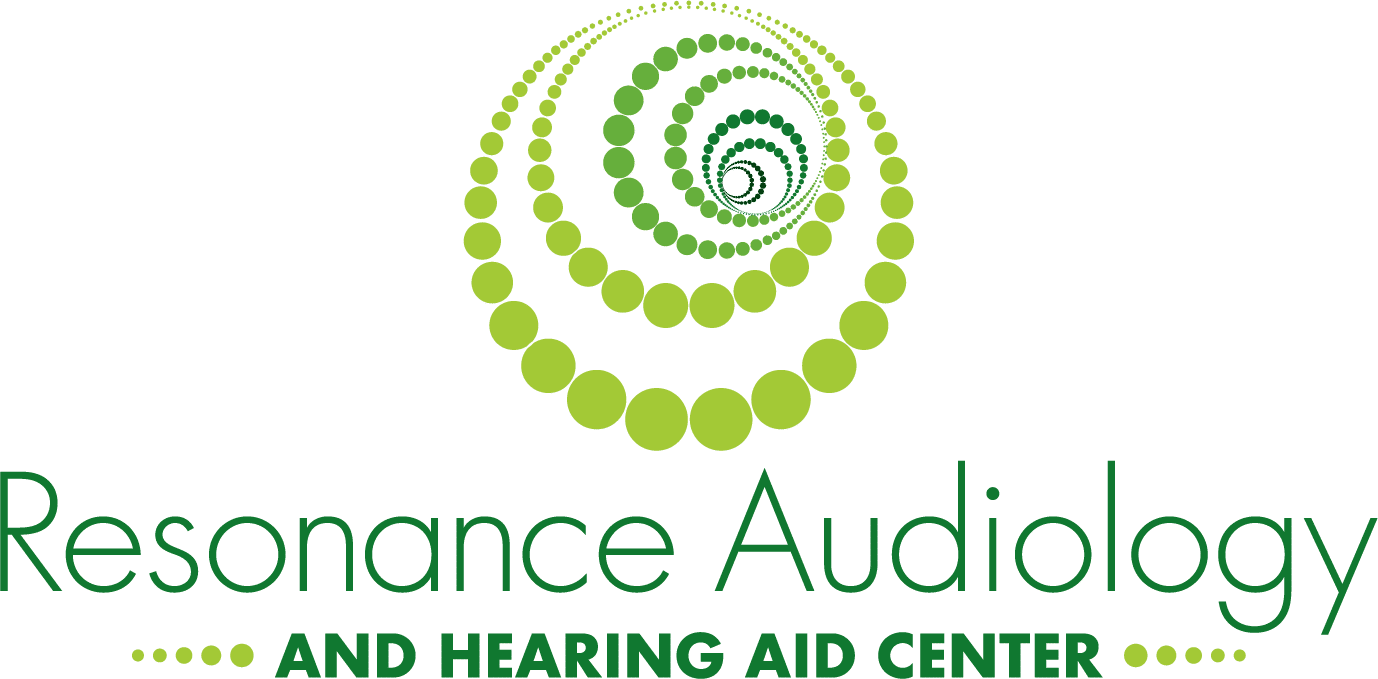What Is Otoacoustic Emission Testing?
Otoacoustic emission testing is a specialized procedure used by audiologists to evaluate how well the inner ear, or cochlea, is functioning. This test is particularly useful in detecting hearing loss in newborns, young children, and individuals who may have difficulty with traditional hearing tests. But what exactly is otoacoustic emission testing, and how does it work? Let’s explore the details.

What Is Otoacoustic Emission Testing?
Otoacoustic emissions (OAEs) are sounds that are naturally produced by the inner ear when it is stimulated by a sound. These emissions occur when the outer hair cells in the cochlea respond to an auditory stimulus, creating a sound that can be measured. This process is an essential indicator of healthy hearing function.
Otoacoustic emission testing involves placing a small probe into the ear canal, which emits a series of sounds. The probe then measures the echo-like responses that are produced by the inner ear. If the cochlea is functioning normally, these sounds will be detected. However, if there is damage to the hair cells in the cochlea, the emissions will be weak or absent, indicating a potential hearing issue.
The science behind otoacoustic emission testing is fascinating. By detecting these tiny sounds produced by the inner ear, audiologists can determine whether the cochlea is working as it should be. This makes otoacoustic emission testing an invaluable tool in the early detection of hearing loss, particularly in populations that are difficult to test using other methods.
Types of Otoacoustic Emission Testing
There are two main types of otoacoustic emission testing: Transient Evoked Otoacoustic Emissions (TEOAEs) and Distortion Product Otoacoustic Emissions (DPOAEs). Each type has its own role and is suited for different situations.
Transient Evoked Otoacoustic Emissions (TEOAEs)
This type of OAE test involves playing a brief sound, such as a click or tone burst, into the ear. The response from the cochlea is then measured. TEOAEs are particularly useful for assessing hearing in newborns and young children, as they can quickly determine whether the inner ear is functioning properly.
Distortion Product Otoacoustic Emissions (DPOAEs)
This type of test uses two continuous tones that are played into the ear simultaneously. The interaction of these tones within the cochlea produces a third sound, which is then measured. DPOAEs are often used to assess the function of the cochlea in adults and children who may be at risk for hearing loss due to exposure to loud noises or certain medications.
Understanding when to use each type of otoacoustic emission testing is essential for accurate diagnosis and treatment of hearing issues. Audiologists choose the appropriate test based on the patient’s age, medical history, and specific hearing concerns.
Who Needs Otoacoustic Emission Testing?
Otoacoustic emission testing is beneficial for a wide range of individuals. Newborns, for example, are often screened using OAEs shortly after birth to ensure their hearing is developing normally. Early detection of hearing issues in infants is crucial for language development and overall well-being.
Individuals who are at risk of hearing loss, such as those exposed to loud noises or certain medications, can also benefit from otoacoustic emission testing. Additionally, people with auditory disorders or those who are difficult to test using traditional methods may find this test particularly helpful.
The importance of early detection cannot be overstated. By identifying hearing issues early, individuals can receive timely treatment and support, improving their quality of life and communication abilities.
Benefits of Otoacoustic Emission Testing
Otoacoustic emission testing offers numerous benefits. It is non-invasive, meaning there are no needles or surgery involved. The test is also highly accurate, providing reliable results that can help in the early detection of hearing issues. This is particularly important for newborns and young children, as early intervention can make a significant difference in their development.
Additionally, otoacoustic emission testing is valuable for screening individuals who may be difficult to test using traditional methods, such as those with certain disabilities or auditory disorders.
Contact Our Team Today
Otoacoustic emission testing is an essential tool in the assessment of hearing health. Its ability to detect hearing issues early makes it invaluable, especially for newborns and those at risk for hearing loss. If you have concerns about your hearing or that of a loved one, consider scheduling an appointment for otoacoustic emission testing. Contact our team at Resonance Audiology and Hearing Aid Center in Lancaster, PA, by calling (717) 925-6112 today to ensure your hearing is in good hands.
